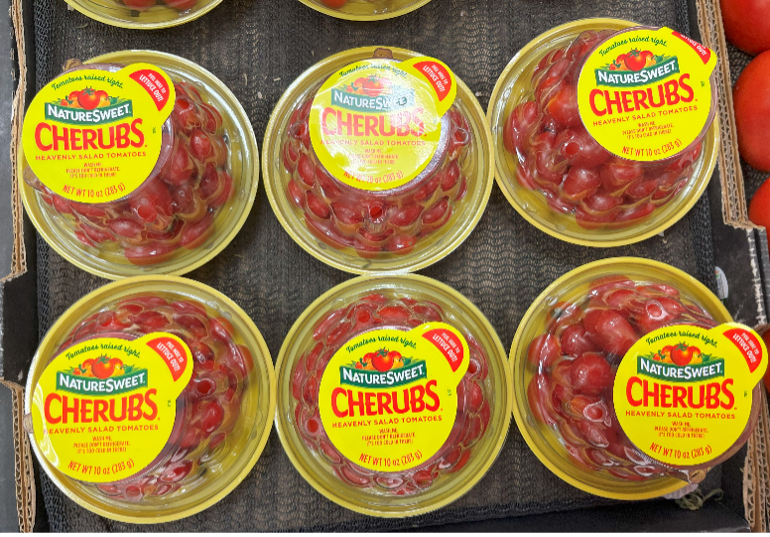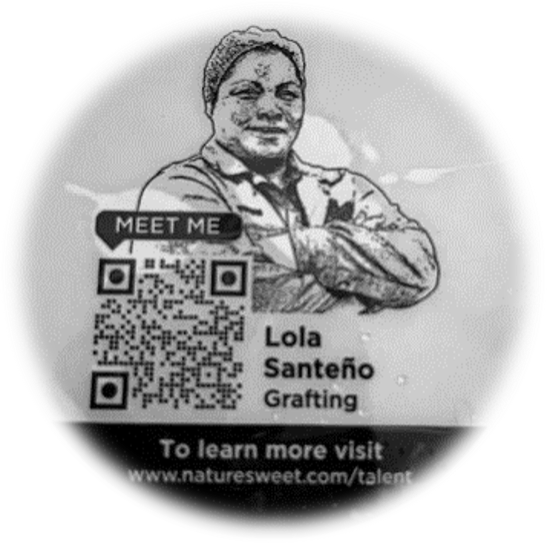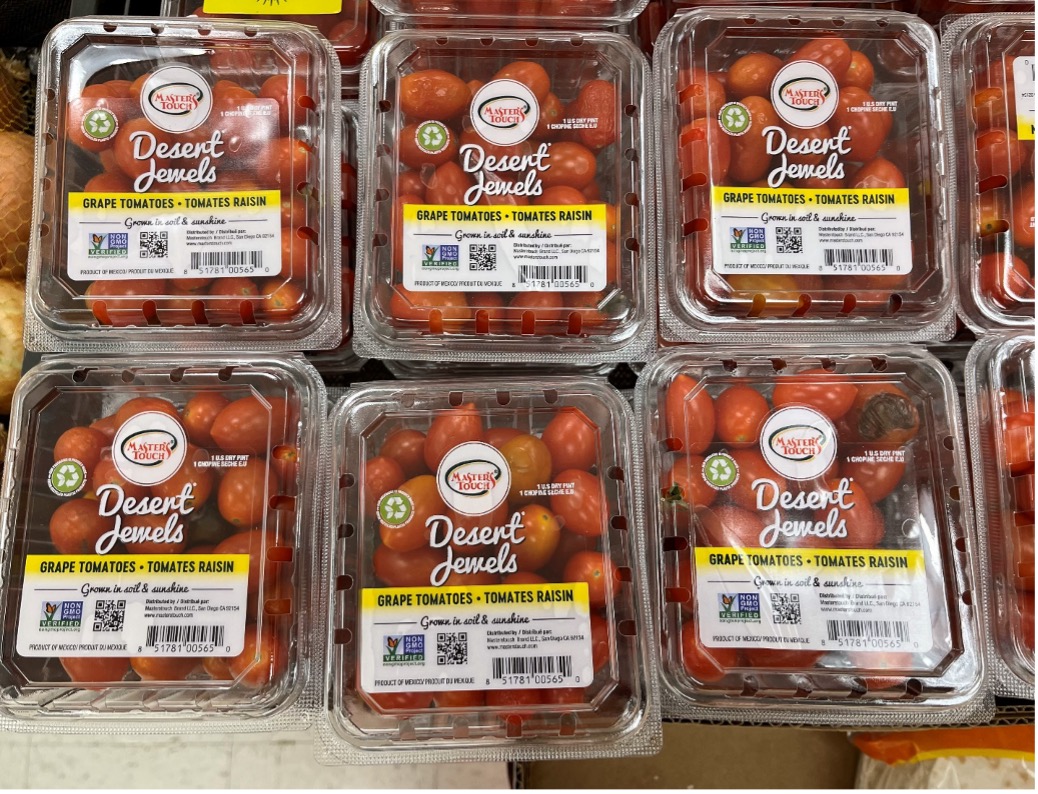Traceability in the United States Food Supply
Introduction
The United States boasts one of the safest systems worldwide in food safety. However, it is sobering to realize that despite these efforts, around 48 million Americans fall ill due to foodborne illnesses every year—a staggering statistic that affects one in seven people (Food and Drug Administration, 2022). Tracing and tracking food within the supply chain has become crucial to combat this issue. One of the primary questions is: Where and when did this contamination occur? Swiftly tracing these products back to their sources is not just about minimizing illnesses and recalls; it is about ensuring quality control and rebuilding trust with consumers. Whether you are a food producer or working with food commercially, understanding the practices of traceability also safeguards their reputation and ensures the well-being of those they serve. Ultimately, understanding the details of food safety and traceability regulations is essential.
As defined by the U.S. Food and Drug Administration (FDA), traceability in food systems refers to the ability to track the movement of food products from their origin to their destination, including all stages in between. Traceability involves documenting and linking food products and ingredients production, processing and distribution chains. The FDA's role in this process underscores the importance of information sharing and coordination among all food supply chain stakeholders to identify and address any quality or safety issues quickly. These measures require identifying key components and locations of the food system processes, setting standards and protocols, and utilizing appropriate technology for tracking and tracing.
While food safety has been the main driver for food traceability, safety also serves
other important purposes. It helps implement a quality management system, such as
Hazard Analysis and Critical Control Point (HACCP), Food Safety Management Certification
(FSSC), International Organization for Standardization (ISO) food safety management
standard (ISO 22000), or ISO quality management standards (ISO 9001). Food safety
also supports obtaining a product certification or label, such as Organic, Fair Trade
or Bird friendly, among others. Beyond these regulatory benefits, a traceability program
can provide a mechanism for communicating a product's attributes with transparency
and trust, enhancing consumer confidence and market competitiveness.
Evolution of Food Regulation: From the Food and Drugs Act to Contemporary Traceability Laws
In the late 1800’s and early 1900’s, there was increasing pressure to regulate food production in the United States, which led to the Pure Food and Drug Act in 1906, followed by the Food, Drug, and Cosmetic Act of 1938 (FDA, 2018). More recently, there have been regulatory changes directly concerning the traceability of food products. The Food Safety Modernization Act (FSMA) of 2011 marked a significant milestone in food safety legislation, representing the most substantial change in over 70 years. This act mandated that specific food facilities maintain records for high-risk foods, such as leafy greens, to enhance traceability. A timeline is presented below, highlighting key moments in the development of food regulations focusing on traceability measures, both at the national and international levels.
Public Health Security and Bioterrorism Preparedness and Response Act of 2002
The Bioterrorism Act was enacted in the wake of the Sept. 11 terrorist attacks to strengthen U.S. ability to prevent and respond to potential acts of bioterrorism (U.S. Customs and Border Protection, 2024). The act requires facilities that produce, store or transport food to register with the FDA, maintain records to aid in tracing food during a potential public health emergency, and implement measures to prevent intentional contamination of the food supply.
European Union (EU) General Food Law
In 2002, the EU introduced regulations requiring compulsory traceability and labeling of food products and feed for businesses throughout the European market, enhancing consumer confidence and facilitating recalls (European Commission, 2007).
Country of Origin Labeling (COOL)
Critical traceability and labeling requirements were included under the U.S. Farm Security and Rural Investment Act of 2002, known as the notice of country-of-origin labeling. This regulation became effective in 2009. The COOL requirement mandates that certain foods, such as fresh fruits and vegetables, meats and fish, must be labeled with the country where they were produced or grown. Beef and pork were excluded from the COOL regulations (U.S. Department of Agriculture, 2022).
The Food Safety Modernization Act (FSMA)
The FSMA was signed into law in 2011, representing a landmark food safety legislation in the U.S. It grants the FDA extensive authority to enforce preventive measures, including enhanced traceability requirements, to safeguard public health from foodborne illnesses (Food and Drug Administration, 2024).
Food Traceability Final Rule
In 2022, FSMA's section 204 introduced additional regulations to improve the traceability of certain foods within the supply chain. These foods primarily include fresh produce, fish/seafood, cheese, eggs and nut butter. The rule requires comprehensive tracing throughout the entire supply chain, from farms and processing facilities to packagers and retail establishments (Food and Drug Administration, 2024). Before implementing this ruling on Jan. 20, 2026, stakeholders such as producers and distributors must establish a system allowing forward and backward tracing at any point in the supply chain. This involves identifying key data element (KDE) components of the food system (origins, transportation, storage, etc.), establishing standards and protocols, and employing technology for effective tracking and tracing. The tracing system also necessitates the maintenance of up to two years of Key Data Elements records associated with various Critical Tracking Events (CTEs) such as growing, receiving, creating, transforming and shipping. Additionally, the FDA may request a copy of the KDEs in an electronic spreadsheet within 24 hours or "within a reasonable amount of time."
European Union Deforestation Regulations (EUDR)
The EUDR is set to take effect at the end of 2024 (World Resources Institute, 2023). This regulation imposes supply chain due diligence requirements to ensure that specific products were not sourced from land that underwent deforestation or degradation after Dec. 31, 2020. Companies engaged in trading cattle, cocoa, coffee, oil palm, rubber, soya and wood, as well as products derived from these commodities, must establish the ability to trace products back to their origin and share this information with customs authorities. Moreover, these companies must verify that their products comply with the relevant laws of the country of origin.
Tracing the Culprit: Examples of Food Contamination
Despite significant improvements in food handling practices and safety regulations over the years, occasional contamination outbreaks still occur within our food systems. A prime example is the surge in E. coli outbreaks detected in leafy greens over the past 15 years (Chen et al., 2023), with cases spanning across the United States and Canada. While the exact sources of contamination vary, they often involve contact with fecal matter from animals, contaminated water sources or environmental factors during farming and processing. Efforts to enhance surveillance, traceback capabilities and preventative measures continue to be crucial in addressing and reducing the frequency and impact of such outbreaks.
Hepititis A Outbreak Linked to Frozen Strawberries
In 2023, an outbreak of hepatitis A virus infections was linked to frozen strawberries. These strawberries were distributed to various retailers under multiple brand labels. Epidemiological data from the Centers for Disease Control and Prevention (CDC) revealed that all individuals reporting illness had consumed these strawberries. Using traceability information, the FDA's traceback investigation pinpointed a common supplier importing strawberries from Baja California, Mexico, in 2022 (CDC, 2023).
Listeria Contamination Outbreak in Blue Bell Creameries
In 2015, a Listeria contamination outbreak at a Blue Bell plant in Broken Arrow, Oklahoma, led to three deaths and ten hospitalizations across Arizona, Texas, Oklahoma and Kansas. Following the outbreak, all products from the company were voluntarily recalled. Subsequently, a federal court in Texas ordered the ice cream manufacturer to pay $17.25 million in criminal penalties for shipping contaminated products, marking the second-largest amount ever paid to resolve a food safety issue (U.S. Department of Justice, 2020). This incident underscored the critical need for robust food safety regulations and the necessity for an effective traceability system to promptly identify and mitigate food contamination risks, ensuring the safety of food products and facilitating swift responses to outbreaks (CDC, 2015).
Case Studies in Effective Traceability Implementation
An early example (2008) is Walmart's participation in the food industry's Global Food
Safety Initiative with its Walmart Food Safety Collaboration Center (Hyperledger,
2019). The effort aimed to allow suppliers to trace fresh, leafy produce from farm
to table in real-time using the IBM Food Trust Network, a collaborative network of
growers, processors, wholesalers, distributors, manufacturers, retailers and others.
This effort enhances visibility and accountability across the food supply chain.
NatureSweet's cucumber and cherry tomato packaging exemplifies a contemporary traceability
initiative (Figure 1). Their food ID program enhances product safety, quality and
traceability (NatureSweet, 2022). QR codes allow consumers to trace their produce's
origin and learn about harvesting and packing practices. The "Meet the Associates"
feature of the landing page of the QR Code lets consumers meet the workers who picked
their vegetables and express gratitude. Other QR code-enabled tracking examples for
strawberries and cherry tomatoes are shown in Figures 2 and 3.
Figure 1. Nature's Sweet Tomatoes display a QR code that provides detailed information about the produce's origin. The authors captured this image at a local supermarket in October 2023.
Figure 2. Strawberries with a traceable QR code. The authors took this picture in a local supermarket in October 2023.
Figure 3. Cherry tomatoes with a traceable QR Code. The authors took this picture in a local supermarket in October 2023.
Navigating Food Traceability: Embracing Transparency and Compliance
In today's world, knowing where your food comes from is crucial. Whether for food safety or efficient supply management, food traceability is key to a transparent and trustworthy food system. As regulations become more rigorous, businesses must adopt traceability technologies to ensure compliance with applicable rules and to be able to recall contaminated products rapidly. Nevertheless, it is not always a straightforward journey. Challenges, including financial constraints, resource limitations, standardization gaps and data privacy apprehension, are recurrent restrictions. Additionally, some people may hesitate to adapt to new requirements. Overcoming these barriers is crucial for building a food system we can trust—one that is clear to understand, safe and reliable for everyone.
For more information about the economic challenges of implementing traceability systems in food supply chains, the Extension department of OSU Extension and the Robert M. Kerr Food and Agricultural Products Center at OSU have released the fact sheet, FSMA Preventive Controls for Human Food: What are the Costs to My Food Business? (FAPC-223). This publication analyzes the costs and economic impacts of these new regulatory requirements for food industry members. Another fact sheet, Valuing Food Safety in Fresh Produce: Do They Care and Will They Pay, (FAPC-227) found that consumers prefer to pay more for products with greater food safety and transparent accountability.




